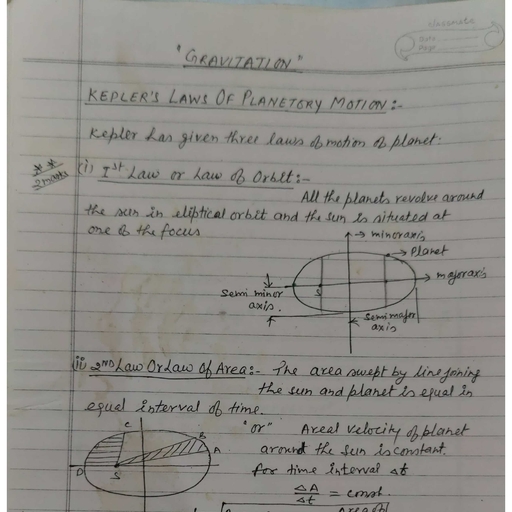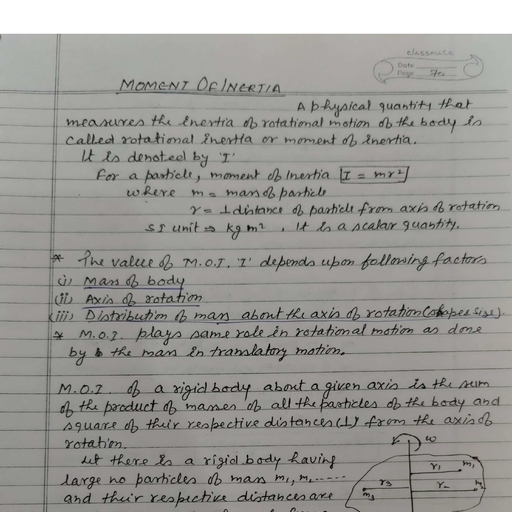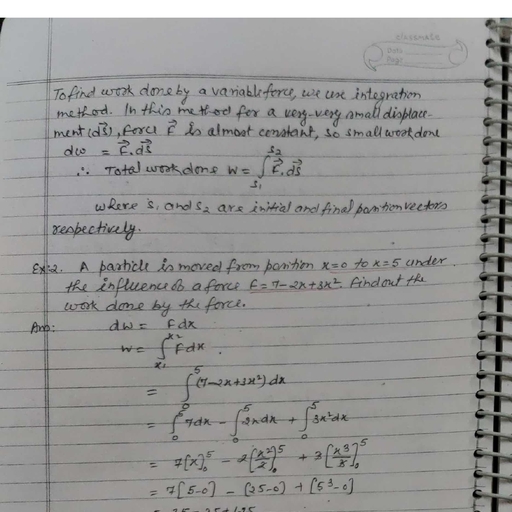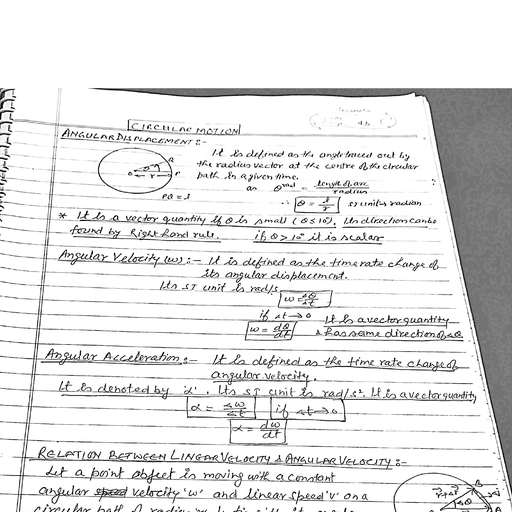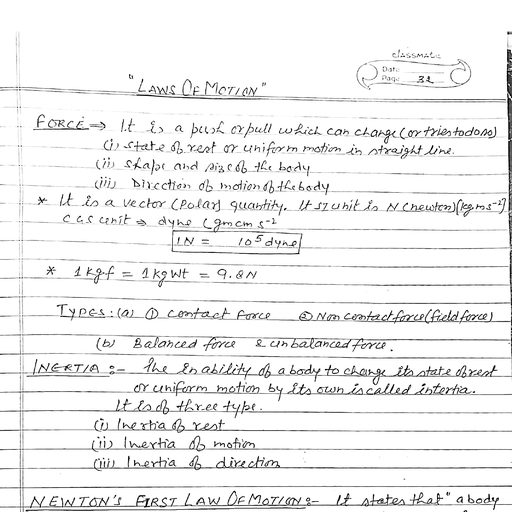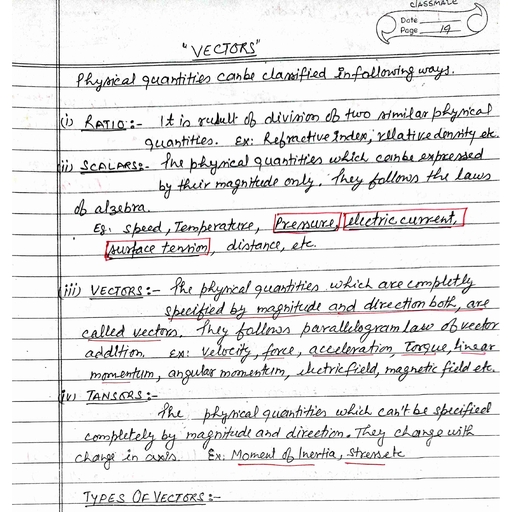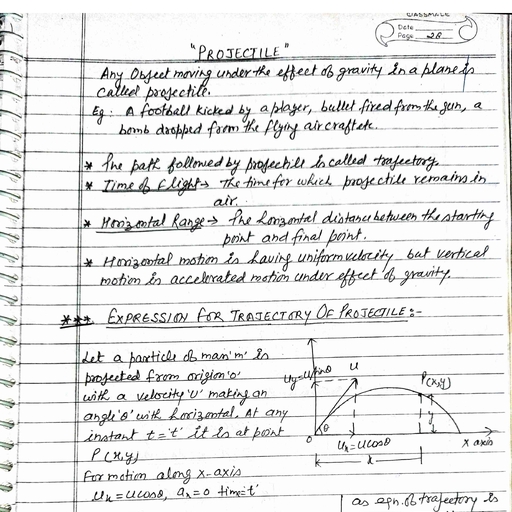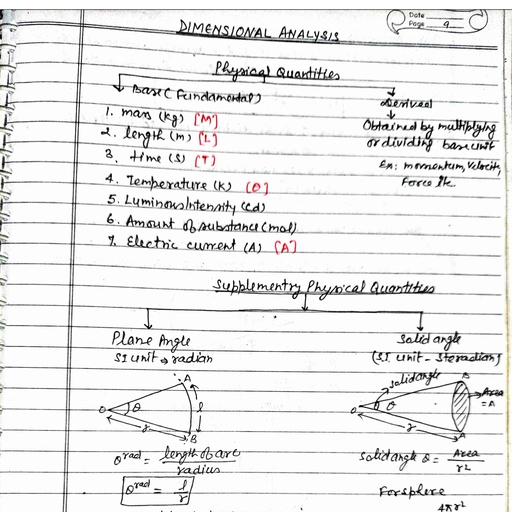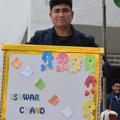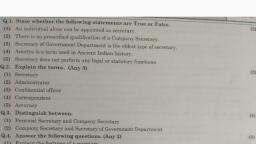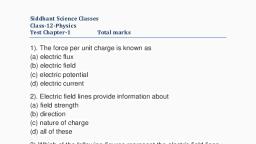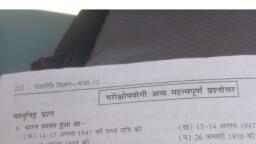Question 1 :
Which of the following statements are true:A: Charge cannot exist without mass but mass can exist without charge<br/>B: Charge is invariant but mass varies with velocity<br/>C: Charge is conserved but mass alone may not be conserved
Question 3 :
Deuteron and $\alpha$-particle are put $1{A}^{o}$ apart in air. Magnitude of intensity of electric field due to deuteron of $\alpha$-particle is $(N/C)$<b></b>
Question 4 :
The Gaussian surface for calculating the electric field due to a charge distribution is
Question 7 :
A drop of oil of density $\rho$ and radius $r$ carries a charge $q$ when placed in an electric field $E$, it moves upwards with a velocity $v$. If ${\rho}_{0}$ is the density of air, $\eta $ be the viscosity of the air, then which of the following force is directed upwards?
Question 8 :
An electric dipole placed with its axis in the direction of a uniform electric field experiences:
Question 9 :
A gold leaf electroscope is given a positive charge so that its leaves diverge. How is the divergence of leaves affected, when an uncharged rod is brought near its disc ?
Question 10 :
The force between two point charges placed in a material medium of dielectric constant $\varepsilon_r$ is $F$. If the material is removed, then the force between them becomes:
Question 11 :
Assertion: Sometime, a crackling sound is heard while taking off sweater during winters.
Reason: This is due to static electric charges.
Question 12 :
Two spheres of radii 2 cm and 3 cm have equal surface charge density. Calculate the ratio of their charges.
Question 13 :
The velocity of proton is proportional to (where $v$ is frequency)
Question 14 :
A charged body is brought near an uncharged gold leaf electroscope. What will be your observation if the body is charged?
Question 17 :
The solid angle subtended by the total surface area of a sphere at the centre is :<br/>
Question 18 :
State whether true or false.<br/>Metals as compared to non-metals are generally bad conductors of electricity.<br/>
Question 19 :
If a body acquires electric charge temporarily under the influence of charged body, then the process is called:
Question 20 :
A gold leaf electroscope is given a positive charge so that its leaves diverge. How is the divergence of leaves affected, when a glass rod rubbed with silk is rolled on the disc of electroscope?
Question 21 :
Two point charges $+3\mu C$ and $+8\mu C$ repel each other with a force of $40 N$. If a charge of $-5\mu C$ is added to each of them, the force between them will become:
Question 22 :
Two identical metallic spheres A and B of exactly equal masses are given equal positive and negative charge respectively. Then:
Question 23 :
If electrical force between two charges is $200 N$ and we increase $10$% charge on one of the charges and decrease $10$% charge on the other, then electrical force between them for the same distance becomes :<br>
Question 24 :
State whether true or false :Gauss law is applicable only when there is a symmetric distribution of charge.
Question 25 :
If the electric force between two unknown charges is attractive, identify which of the following statement must be true?<br/>
Question 26 :
<span class="wysiwyg-font-size-small"><span class="wysiwyg-font-size-small"><p class="wysiwyg-text-align-left">Fill in the blank.</p><p class="wysiwyg-text-align-left">$1$ Coulomb of charge contains_______number of electrons.</p>
Question 27 :
A body is brought near to a negatively charged gold leaf electroscope. If the divergence of leaves increases. What is the nature of charge on the body?
Question 29 :
The ratio of electric force between two electrons to two protons separated by the same distance in air is















